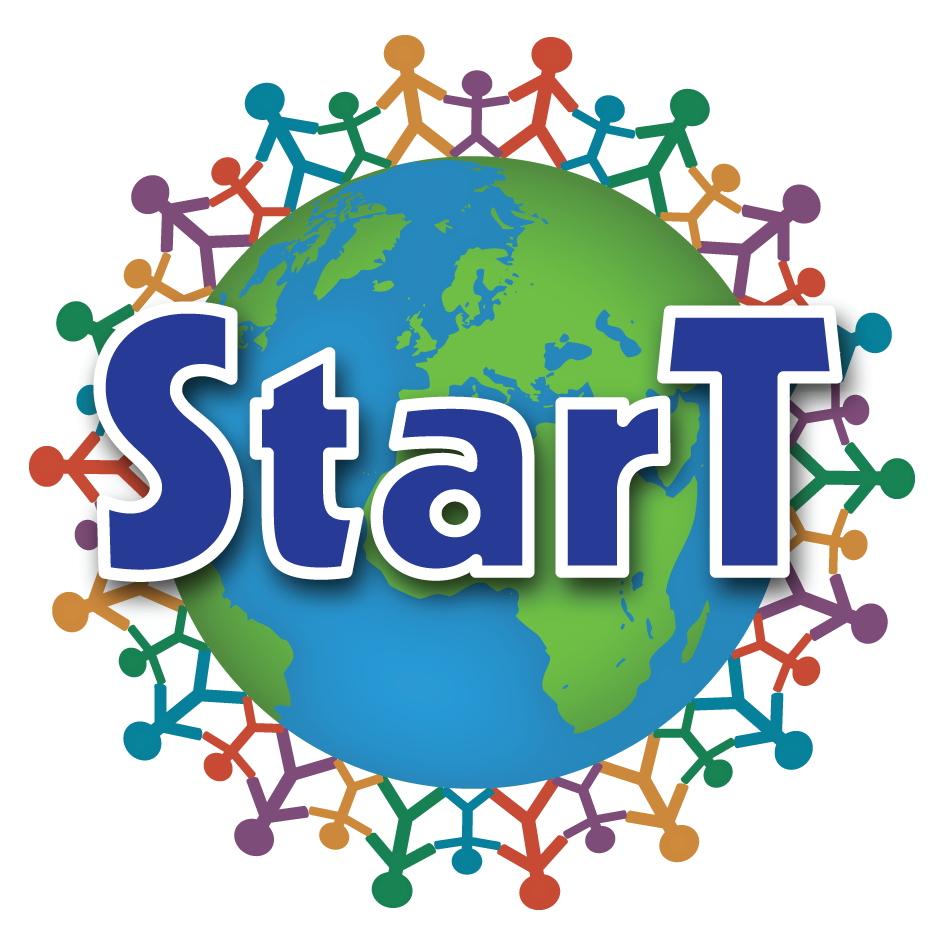StarT projects
StarT projects are carried out in teams consisting of children and youngsters. The minimum team size is two students, but the size of the team is not otherwise predetermined: some projects, like theatre, require a big team, others (like programming a game) may be easier to carry out in smaller groups. However, one student can only participate in one project team, and a project team can only report one project.
It is important that the project is a product of the students’ work. However, the teacher or the instructor will naturally support the students throughout the project, but the degree of this support should be adjusted to the age of the students.
Only your imagination sets the limits to what the project can look like. StarT project can be a small-scale project or a large-scale inquiry. You could for example develop a mobile toy, design a game, program a robot, set up a science theatre, find a solution to an everyday problem, or even make a musical!
We encourage teams to carry out interdisciplinary projects that combine natural sciences, mathematics, and technology. The projects should highlight the ideas, interests, and learning of children and youth. They are our future and we want to make their voices heard!
A project should include:
- A project creation
All projects should end with some kind of a creation. It can be for example the results of your research presented in a visual way, a game you can play, a work of art, a moving toy, a robot or a play – anything you can think of! We appreciate creativity and new innovations. - A video describing your project
Create a short video of your project creation (max 3 min). Show your team in the video, too! If the video is not spoken in English, it should include English subtitles. The StarT project videos are primarily made by the students and should describe the students’ work and the end product. - A project diary
All project teams must keep and submit a learning diary. The form of the diary is free of choice: it can be text, photos and/or video… The diaries are to outline what students learned during the project. The diaries can be created in the native language of the students, but to assess the project, we will need at least a summary of the diary in English.
